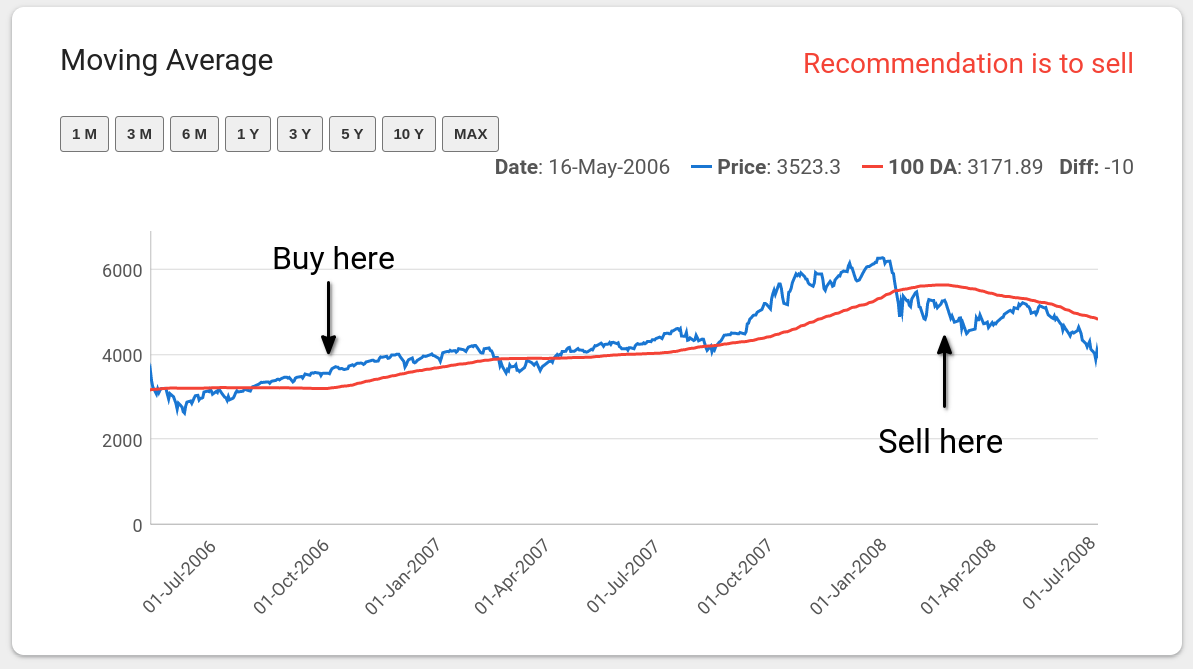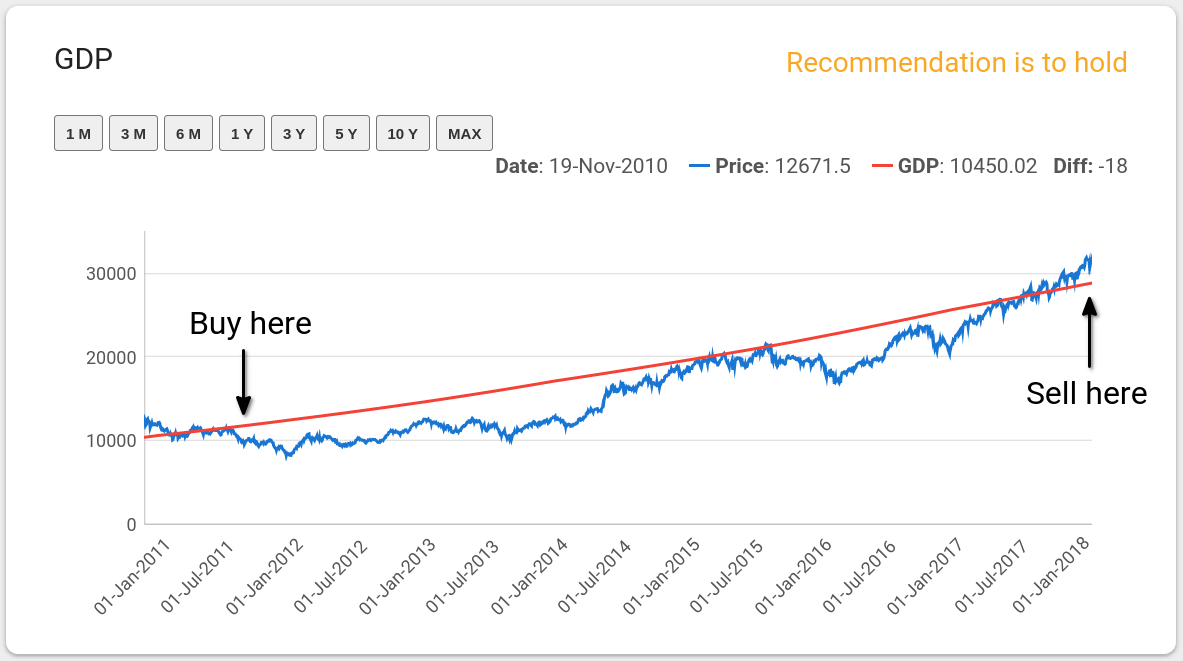Momentum Or Contrarian?
There are many investment styles, but I am generally in conflict with momentum investing vs contrarian investing. Sometimes I feel like I should be following the momentum style of investing. And most other times I feel like I should be a contrarian investor. If you don’t know those two different styles of investing, don’t worry I will give an explanation. Sometimes momentum strategy works better and at other times a contrarian style works better. Knowing which will work better at any given time is all together another difficult task. I am not really sure which one works best in the long term though.
Momentum investing
This style of investing involving buying stocks which everyone else in the market is buying. For example, if MRF stocks are going up in the recent past then you buy MRF stocks without asking any questions. How do you know if a stock is going up in the recent past? You can look at some X-day moving average and see if the stock is about that average and then buy. The X could be 30, 100, 200 or any number you like. If X is 30 then you are looking at the 30 day average of the stock and comparing that with today. Smaller the value of X the more recent trend you are looking at. A 200 day moving average will average the stock values over 200 days which makes the trend line look much smoother than a 30 day average.
You apply the same logic when selling. Basically if the current value of the stock is below the X-day moving average, you will sell your investments in the stock and only buy back again when the stock is above the X-day average. The value of X can be small or large. The side effect of using a shorter averages like 30 days is that you will be doing a lot of buying and selling because you are looking at a small window. The advantage is that you can get out of the stock fast before it falls too much. The disadvantage is of course that you will have a lot of transactions which means more taxes especially because there could be a lot of short term gains which are taxed higher.
So why does this strategy work? What you are doing is that when the stock is going up, you are buying on the upward momentum from its most recent low. You keep holding the stock until it hits the peak and then starts to fall. As soon as the momentum is trending downwards, you sell it. Basically you bought when the stock was low and sold when it went up and you make money. The same logic can be used with indices like a Nifty 50 or Sensex.
The reason it works is because you believe that the stock market knows something about a stock or index and pushing it up. You don’t have to know economic cycles or issues with interest rate fluctuations. All you do is believe that the market forces are correct and everything is already baked into the current stock price. Just be humble and assume that you don’t know what the markets know. So just follow the herd err I mean the trend. When everyone is buying, you too start buying. When everyone is selling, you too start selling. Of course X-day moving average is not the only strategy that you can use in momentum based investing, but you get the idea.
Contrarian investing
In this style of investing, you are doing the opposite of what you are doing with momentum. You are actually betting against the market. You buy stocks when everyone is selling and there is panic in the market. And you sell when everyone is euphoric and push the stock ever higher. How do you know whether the market is in panic or whether it is euphoric? Well, unlike the momentum strategy where you just have to watch the past stock price, in this style, you use a variety of indicators. The indicators could be GDP, price to earnings, price to book, volatility, number of IPOs and NFOs, and even news media. When the stock deviates too far up from the indicators, it is time to sell, and when it is too far below the indicators it is time to buy.
Why does this work? You are betting against the market. Which basically means to say that you somehow know more than the markets. It works because you are buying at a time where you think you know some information about the market which the market will know later. So as the market participants are happily buying riskier stocks, you are selling them because you felt the market will fall in future.
There could be many reasons that the markets can behave quite out of the ordinary. For example lets say the GDP of the country should grow by 8% including inflation. Yet lets say if the market has gone up by 20% during that time, so you might conclude that the market will correct down and start selling before that happens. Likewise, sometimes when the macro economic data is bad, the stock market will drift too far from the indicator (GDP in this example). May be the market gave only 2% return in a period where you expect 8%. Then your assumption is that it will correct upwards and you start buying.
That correction of markets back to the baseline is called reversion to the mean or simply mean reversion. The problem with this approach is that it is extremely difficult to get the timing right. Sometimes, the markets may keep moving up even after the 20% in the above example. And they may never fall, instead just going in a sideway movement until the GDP catches up with the sideways stock market. If that happens, you are stuck with cash that you sold at 20% and you don’t know when to enter the market again and losing all the gains that might come in future.
This is how I operate in the market. I always bet against the market and it so happens that I am sitting on too much fixed asset class as you might already know. I wish there is a way to figure out when momentum works and when contrarian investing works.
The middle road
I don’t see any reason for an investor to bet against market (contrarian) or with market (momentum). Why not follow a simple and sane strategy instead? Don’t bother about the market, just invest blindly every month according to your asset allocation and then rebalance when necessary. It is as simple as it gets and you will get the long term market returns without any worry.
I just want to let you know that I don’t invest in individual stocks. For both the momentum and contrarian strategies I only use indices such as Nifty 50 or Sensex. There are also mutual funds for each of these strategies and I don’t know how they are performing. I never really analyzed them nor have I invested in such mutual funds. I use momentum or contrarian as guide to decide how much asset allocation I should have in equity mutual funds. That is all.



